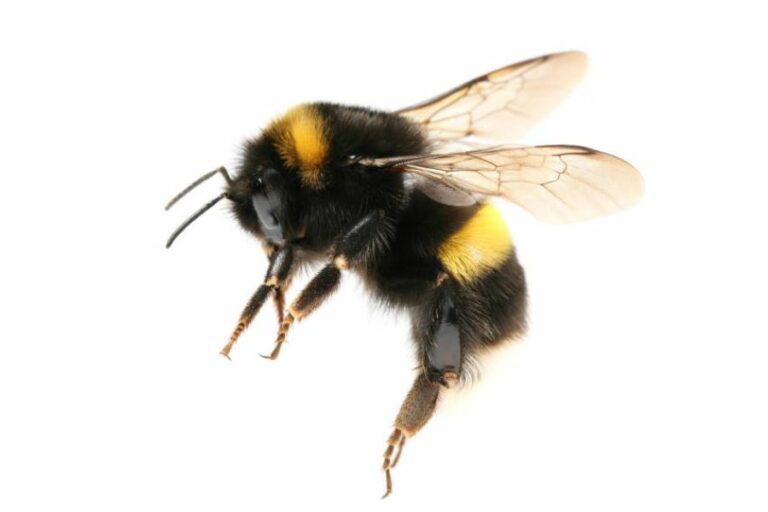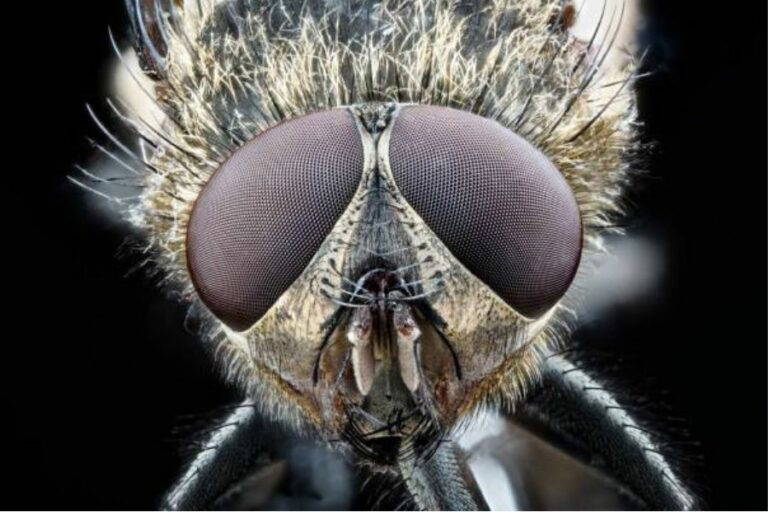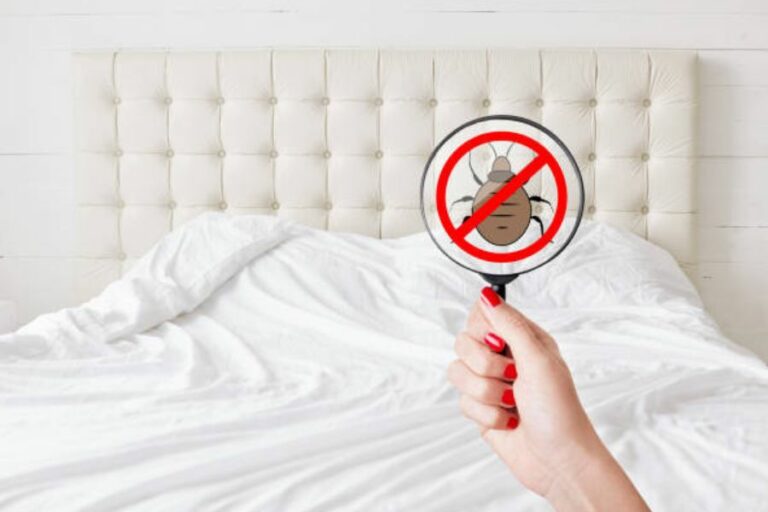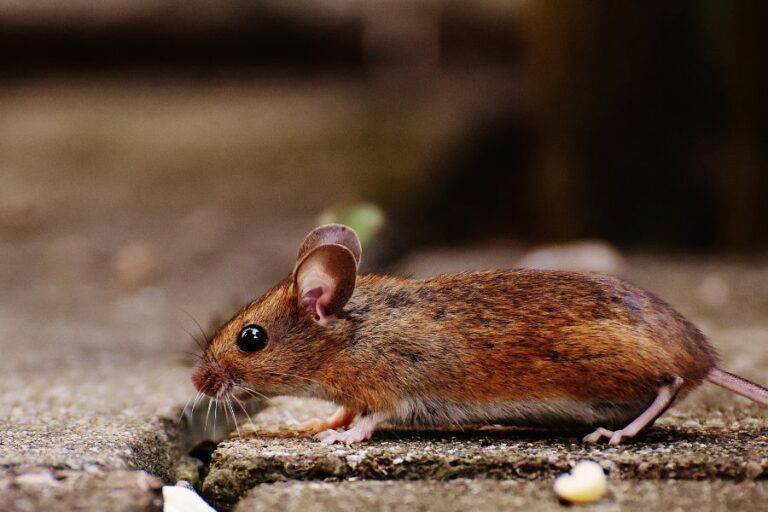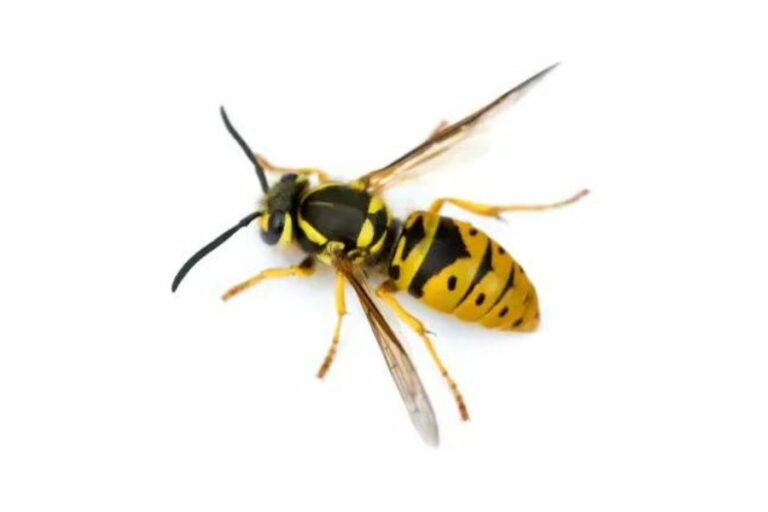Dealing with Clothes Moths
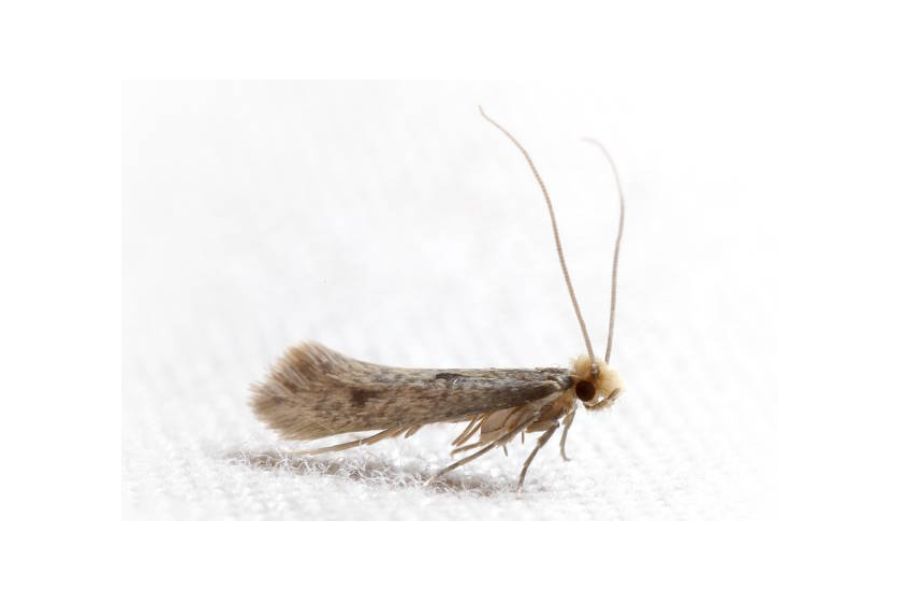
Clothes moths can be a nuisance, causing damage to our cherished garments and textiles. In this blog, we will explore the world of clothes moths, from identifying their presence to finding practical solutions. Learn how to spot moth holes in clothes, detect moth eggs on fabrics, and take preventive measures to safeguard your wardrobe. Discover natural remedies and chemical solutions to control clothes moths and keep them at bay.
What are clothes moths?
Clothes moths are tiny insects that feed on natural animal fibres like wool, fur, silk, and feathers. The two common species are webbing clothes moths and case-making clothes moths. They have a buff or golden colour and are around 6-8 mm long. During their larval stage, they cause damage to textiles by feeding on the fibres and spinning protective cases or tubes. Understanding clothes moths is crucial for preventing infestations and preserving your clothing and textiles.
How do I know if I have had clothes for months?
Several signs can indicate the presence of clothes moths in your home. Here are some key indicators to help you determine if you have clothes moths:
- Damage to clothing: Look for small, irregularly shaped holes in your clothes, especially in natural fibres like wool or silk. These holes are often a result of clothes moth larvae feeding on the fabric.
- Presence of larvae or cocoons: Check for silken tubes or cases spun by clothes moth larvae as protective coverings. You may find these tubes or cases in hidden areas such as corners of closets, drawers, or behind furniture.
- Adult moths: Look for tiny, fluttering moths around your home, particularly where you store clothing or textiles. Adult clothes moths are usually active during the evening and are attracted to light.
- Shed skins: Clothes moth larvae shed their skins as they grow. You might come across these translucent, shell-like casings in infestation areas.
- Musty odour: Clothes moths can leave a musty or stale smell on clothing or in affected areas. If you notice such an odour, it could indicate an infestation.
If you observe any of these signs, it is advisable to take prompt action to prevent further damage and effectively address the clothes moth infestation.
How do I get rid of clothes moths?
When engaging pest control services to eliminate clothes moths, the following procedures and chemical methods are commonly used:
- Inspection: A professional pest control technician will thoroughly examine your premises to assess the extent of the clothes moth infestation. They will identify areas of activity, including clothing, textiles, carpets, and other potential hiding spots.
- Identification and targeted treatment: The technician will identify the species of clothes moths present and determine the most appropriate treatment methods based on the inspection findings. Different species may have varying sensitivities to certain insecticides, so accurate identification is crucial.
- Insecticide application: The pest control technician will apply insecticides to eliminate clothes moths effectively. This may involve using residual sprays, aerosols, or dust formulations. These insecticides are designed to target clothes, moth larvae, adults, and eggs. Careful attention will be given to treating infested areas, such as closets, drawers, and carpets, where clothes moths are commonly found.
- Chemical formulations: Pest control professionals may use insecticides or insect growth regulators (IGRs). Natural insecticides are derived from chrysanthemum flowers and effectively kill adult moths. IGRs, on the other hand, disrupt the growth and development of clothes moth larvae, preventing them from reaching adulthood and reproducing.
- Follow-up treatments: Depending on the severity of the infestation, multiple treatments may be required to ensure complete eradication of clothes moths. The pest control service will schedule follow-up visits to reapply treatments, monitor the situation, and address any remaining or newly emerged clothes moths.
- Integrated pest management (IPM): Pest control services often employ an integrated pest management approach, which combines chemical treatments with other strategies. This may include recommendations for proper sanitation, storage practices, and exclusion methods to prevent future clothes moth infestations.
It’s important to note that the specific procedures and chemical methods used may vary among pest control companies. The chosen service will provide detailed information on their products, their application methods, and any safety precautions or instructions you must follow during and after treatment.
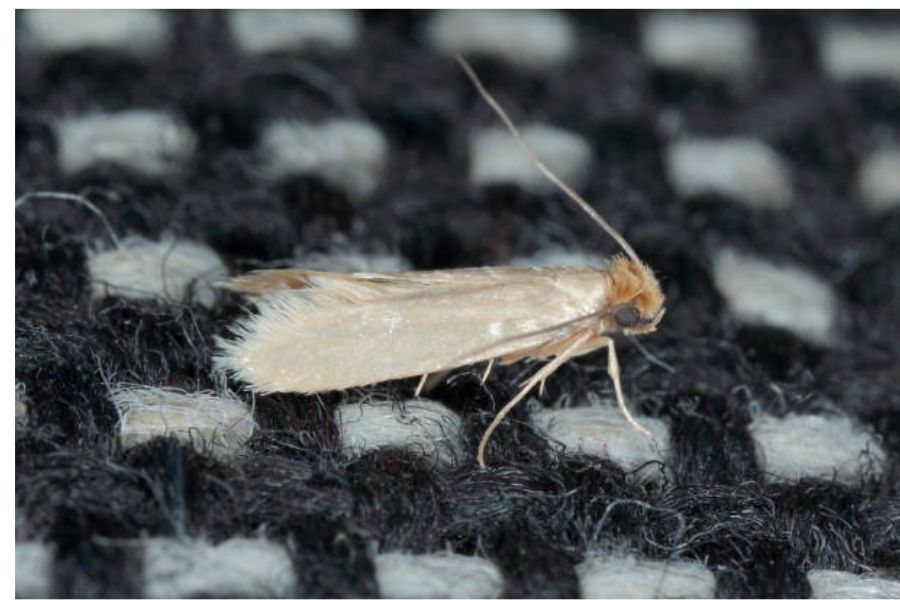
How do clothes moths damage clothes?
Clothes moths damage clothes by feeding on natural animal fibres like wool, fur, silk, and feathers. The larvae of clothes moths chew through the fibres, breaking them down with digestive enzymes. They selectively target areas with stains or oils, causing holes and weakening the fabric. Damage is often localised and can go unnoticed due to the larvae’s secretive nature. Regular inspection and preventive measures are crucial to protect clothing from clothes moth damage.
How can I prevent clothes moths in my closet?
To prevent clothes moths from infesting your closet and damaging your clothing, here are some effective preventive measures:
- Clean clothing before storage: Ensure that all clothing items are thoroughly cleaned before storing them. Clothes moths are attracted to sweat, body oils, and food stains, so removing these potential food sources is crucial.
- Store clothing in sealed containers: Use airtight containers, such as plastic storage bins or vacuum-sealed bags, to store your clothing. This helps prevent clothes moths from accessing and infesting your garments. Avoid using cardboard boxes, as clothes moths can easily penetrate them.
- Utilise moth repellents: Place moth repellents, such as cedar blocks, lavender sachets, or mothballs, in your closet. These natural or chemical deterrents can help repel clothes moths. Ensure that the repellents do not directly contact your clothing to avoid any potential staining or damage.
- Regularly clean and vacuum your closet: Vacuum the floor, corners, and shelves of your closet to remove any debris, fibres, or larvae that may be present. Pay extra attention to hidden or hard-to-reach areas. After vacuuming, dispose of the vacuum bag or empty the canister outside your home to prevent any potential re-infestation.
- Properly ventilate the closet: Clothes moths prefer humid environments. Ensure your wardrobe is well-ventilated to reduce humidity levels. Consider using a dehumidifier or silica gel packets to control moisture if necessary.
- Inspect and rotate clothing: Regularly inspect your clothing for any signs of clothes moth activity, such as holes or larvae. Rotate and move your clothing around to disturb potential hiding spots and expose them to light and fresh air.
- Mend and clean damaged clothing promptly: If you notice any clothes moth damage, mend the affected garments promptly to prevent further infestation. Clean the damaged items according to the manufacturer’s instructions or seek professional cleaning.
Implementing these preventive measures can significantly reduce the risk of clothes moth infestations in your closet and protect your clothing from damage.
Are clothes moths harmful to humans?
No, clothes moths are not harmful to humans. They do not bite, sting, or transmit diseases. However, some individuals may have allergic reactions to the shed skins or faeces of clothes moth larvae. The main concern with clothes moths is the damage they can cause to clothing and textiles.
Can clothes moths infest carpets and furniture?
Yes, clothes moths can infest carpets and furniture in addition to clothing and textiles. While they primarily target natural fibres like wool, fur, silk, and feathers, clothes moths can also damage carpets made from these materials. They are capable of infesting and causing damage to rugs, carpeting, upholstery, and even stuffed furniture that contains animal-based fibres.
Clothes moths are particularly attracted to areas with accumulated dust, pet hair, or food particles, as these provide additional nutrients. Dark, undisturbed spaces, such as underneath furniture or along baseboards, are preferred hiding spots for clothes moths.
To prevent clothes moth infestations in carpets and furniture, it is essential to practice regular cleaning and maintenance. Vacuuming carpets and upholstery, especially in hidden areas, helps remove potential food sources and disrupt clothes moth activity. If an infestation is suspected, professional pest control services can provide effective treatment options for carpets and furniture to eliminate clothes moths and protect your belongings.
Are there natural remedies to control clothes moths?
Yes, several natural remedies can help control clothes moths. Here are a few options:
- Cedar: Cedar blocks, chips, or sachets are known to repel clothes moths due to their strong scent. Please place them in your closet, drawers, or storage containers to deter clothes moths.
- Lavender: Clothes moths dislike the scent of lavender. You can use lavender sachets or essential oil to repel them. Place sachets in your closet, mix a few drops of lavender oil with water, and spray them on clothing and storage areas.
- Eucalyptus leaves: Dried eucalyptus leaves can be used as a natural clothes moth repellent. Please place them in sachets, tie them in cheesecloth, and hang them in your closet or storage areas.
- Freezing: If small, infested items can withstand freezing temperatures, place them in a sealed plastic bag and freeze them for a few days. This will kill clothes, moth larvae, and eggs.
It’s important to note that natural remedies may be effective for preventing mild infestations but may not eliminate a severe clothes moth problem.
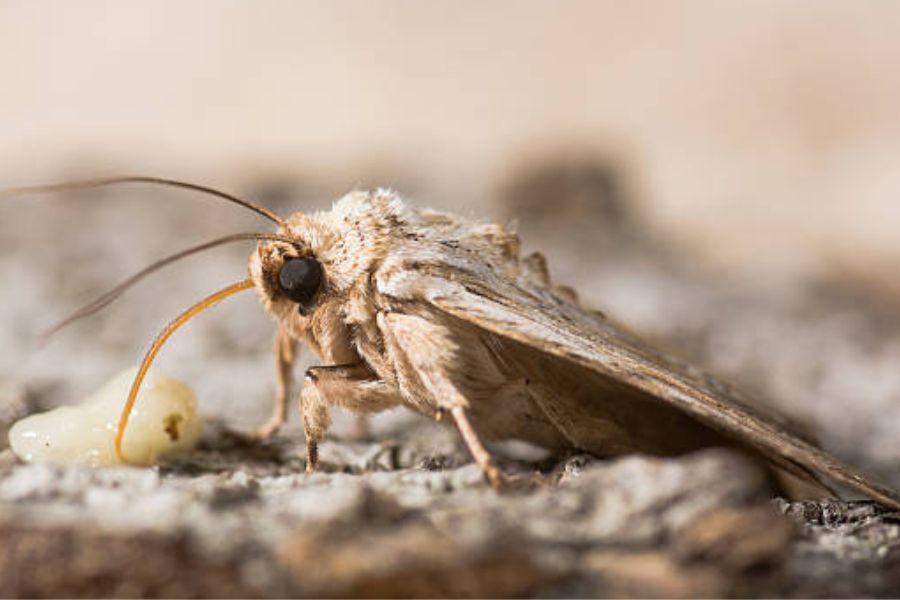
How do I get rid of clothes moths naturally?
Getting rid of clothes moths naturally can be achieved through the following methods:
- Thorough cleaning: Clean your closet, drawers, and affected areas thoroughly. Vacuum carpets, upholstery, and cracks where larvae may hide. This will help remove clothes, moth eggs, larvae, and debris.
- Sunlight and fresh air: Expose infested clothing and textiles to direct sunlight and fresh air. Clothes moths dislike light and ventilation, so hanging items outside on a sunny day can help deter them.
- Freezing: If possible, place infested items in sealed plastic bags and freeze them for a few days. The low temperatures will kill clothes, moth larvae, and eggs.
- Heat treatment: If freezing is not an option, you can use heat to eliminate clothes moths. Wash infested clothing in hot water (at least 120°F or 50°C) or tumble dry on high heat for at least 30 minutes.
- Vacuuming: Regularly vacuum your closet, drawers, and other affected areas to remove eggs, larvae, and adult moths. Empty the vacuum bag or canister outside to prevent re-infestation.
Best moths repellents for clothes?
You can choose natural remedies or chemical solutions when repelling moths from clothes. Natural remedies include cedar products like blocks or balls, emitting a strong scent that repels moths. Lavender sachets or essential oil can also be practical, as moths dislike the lavender scent. Essential oils such as cedar wood, patchouli, or rosemary diluted in water can be sprayed on clothes or used in a diffuser. Additionally, herbs and spices like mint, thyme, cloves, or bay leaves in sachets can deter moths.
On the other hand, chemical solutions include mothballs or moth crystals, which contain chemicals like naphthalene or paradichlorobenzene. Moth sprays are also available commercially to kill moths and their larvae. When using chemical solutions, following instructions and safety precautions is essential. Natural remedies offer a milder and more environmentally friendly approach, but the severity of the infestation should be considered when choosing the most suitable solution for your needs.
How to identify moth holes in clothes?
To identify moth holes in clothes, closely examine the fabric for small, round holes with clean-cut edges. Look for clustered holes or irregular patterns. Check for accompanying signs like web-like material, larvae casings, or moth cocoons. Inspect neighbouring items for potential infestation. If you find moth holes, immediately prevent further damage, such as isolating infested items, vacuuming the area, and implementing preventive measures.
What do moth eggs look like on clothes?
Moth eggs on clothes are typically tiny, oval-shaped, and whitish or creamy. They are often difficult to spot with the naked eye due to their small size, ranging from 0.5 to 1 millimetre in diameter. Moth eggs are usually laid in hidden and undisturbed areas of clothing, such as seams, folds, or the backside of fabric. Carefully inspect your clothes using good lighting or a magnifying glass to detect moth eggs. Look for clusters of small, pale eggs adhered to the fabric fibres. If you find moth eggs, removing and destroying them is crucial to prevent the hatching of larvae and further infestation.
